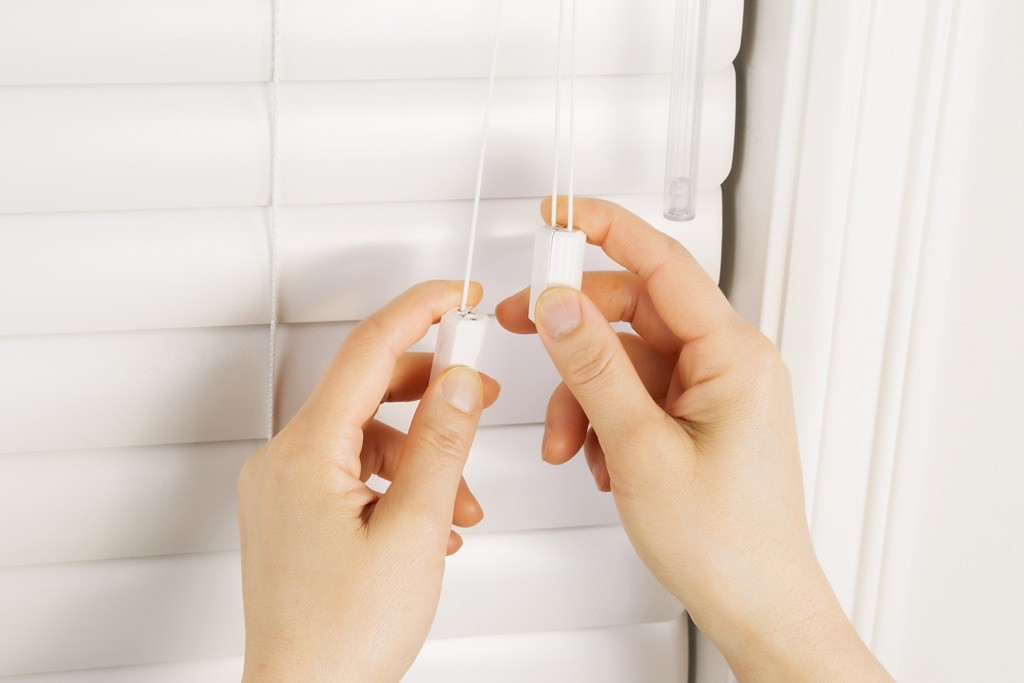I remember my mom telling me about a little girl getting strangled in the window blind cord. I didn’t really pay much attention to it. However, as time as gone on since our conversation I have been seeing more and more incidents of this happening. So I decided to do a little research on the most recent incident that took place in Gahanna.
A mother found her 3-year not breathing and with the window blind cord wrapped around her neck. The mother attempted to use CPR on her, as did the paramedics when they arrived. However, the little girl still had to be hospitalized and eventually passed away. So tragic.
These incidents are not isolated. In fact, the U.S. Consumer Product Safety Commission says that one child dies every month from window cord strangling. And often times, many more than that end up hospitalized.
Back in 2012 the Window Covering Manufactures Association decided that something needed to be done. They have specific recommendations for each type of blind. Continuous loop blinds need tension and hold down devices. Cleats to tie up pull cords. And most importantly warning labels on all window blind boxes.
The window blind industry has not made these changes completely standard yet, and argue that some people still need corded blinds. Currently Target, Ikea, Lowe’s, The Home Depot and Walmart are in the process of banning these blinds from being sold in their stores.
A few things to think about regarding blinds and strangulation:
– Do your blinds have cords? If so, you need to make sure that all cords are tied up and out the child’s reach.
– When searching for new blinds buy blinds that do not require a cord for operation. If you can not afford blinds with out cords, remember that the blind company can provide you with cleats to tie up your cords.
Watch this video by Parents for Window Blind Safety for how to childproof the cords on the blinds if you are unable to replace or if you find yourself in a holiday home with them:
via YouTube
Please SHARE this with other parents, we have to stop these preventable child deaths.
